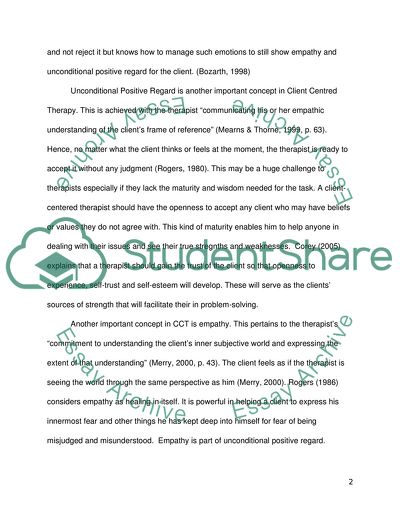Cite this document
(A Reflective Account of Client-Centered Theory Essay, n.d.)
A Reflective Account of Client-Centered Theory Essay. https://studentshare.org/medical-science/1833853-counselling-theory-and-practice-1
A Reflective Account of Client-Centered Theory Essay. https://studentshare.org/medical-science/1833853-counselling-theory-and-practice-1
(A Reflective Account of Client-Centered Theory Essay)
A Reflective Account of Client-Centered Theory Essay. https://studentshare.org/medical-science/1833853-counselling-theory-and-practice-1.
A Reflective Account of Client-Centered Theory Essay. https://studentshare.org/medical-science/1833853-counselling-theory-and-practice-1.
“A Reflective Account of Client-Centered Theory Essay”. https://studentshare.org/medical-science/1833853-counselling-theory-and-practice-1.


